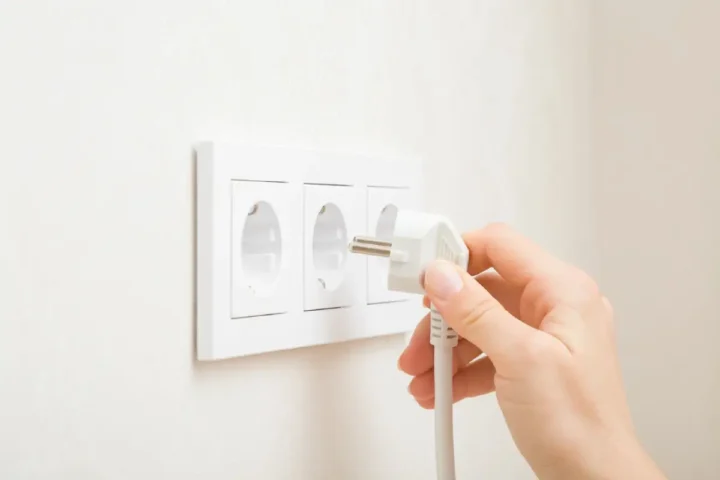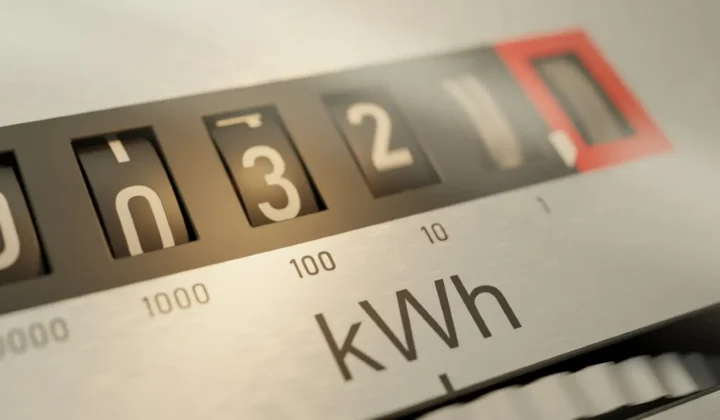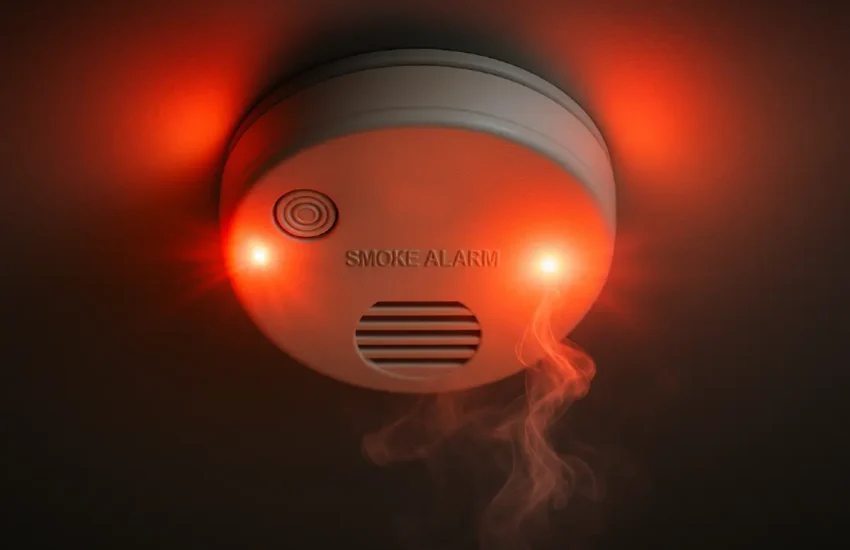Avoid Bill Shock: How To Measure Electricity Consumption
Electricity bills can fluctuate without warning, especially if you’re not tracking how much power your home appliances are using. A few devices running longer than expected, or unnoticed usage while you’re out, can lead to a bill that catches you off guard. If you’ve ever been surprised by a high charge, measuring your electricity consumption is the first step toward gaining control.
This article breaks down how to track usage, what tools can help, and how to use the numbers to make practical decisions that can reduce your energy bills. A bit of curiosity and a clear goal to manage your electricity costs is enough.

What You’re Actually Paying For
It helps to understand what those numbers on your bill represent. Your power company charges you based on the amount of energy you use over a specific period of time. That measurement is typically shown in kilowatt-hours (kWh), and that’s where many people start to get confused.
Here’s a quick breakdown of watts, kilowatts, and kilowatt-hours. A watt is a basic unit of power. It’s the rate at which energy is used. One thousand watts equals a kilowatt (kW). A kilowatt-hour, on the other hand, refers to using 1 kW of power for one hour. So, if your coffee maker uses 1,000 watts and runs for one hour, that’s 1 kWh. The longer or more frequently it runs, the more it contributes to your monthly consumption.
Spot the Hidden Drains in Your Home
A lot of people focus on the big items like heating, air conditioning, or refrigerators. While those do use significant energy, smaller appliances add up too, especially those that stay plugged in or run in standby mode. Game consoles, phone chargers, and TVs that seem ‘off’ may still be drawing power.
Even something as simple as a power strip left switched on with multiple devices plugged in can affect your power usage. Digital meters and smart plugs can help you check the draw from each appliance, so you’re not left guessing which ones are responsible for spikes.
Also, check for appliances that cycle on and off. Air conditioning units, for example, don’t run constantly but still rack up usage throughout the day. These patterns are easy to miss without tracking tools that report in real time.
Tools to Help You Measure
There are two types of tools you’ll find useful: manual plug-in meters and smart meters. Plug-in meters are affordable and easy to use. You just plug your electrical appliance into the device, then plug that into the wall. It tells you how much electricity that single item is using.
Smart meters, on the other hand, track your entire household’s usage. Some display detailed breakdowns through apps, showing how energy flows through your home minute by minute. This can be helpful when you’re trying to pinpoint when and why your power levels spike.
Using these tools gives you insight into your power consumption and helps you identify which items are drawing the most electricity. That way, you can make adjustments based on actual data.
Make Use of the Numbers
Once you know how much energy each appliance uses, compare that to how long they’re running. Multiply the power draw (in watts) by the number of hours used, then divide by 1,000 to get kWh.
Example: If a device uses 1,200 watts for 2.5 hours a day, that’s 3 kWh daily. Multiply that by 30, and it’s adding 90 kWh to your monthly bill. If your rate is 15 cents per kWh, that’s USD$13.50 a month from one device.
Apply this math to things you use daily, especially anything with a power supply that stays connected. This method gives you a clear estimate of the time used, and it’s a practical way to forecast energy costs each month.

Reducing Waste and Staying Efficient
Measuring is useful, but adjusting habits based on what you learn makes the biggest impact. Unplug unused chargers. Turn off devices at the wall instead of relying on standby. Use timers or smart plugs to control lighting or appliances you tend to forget.
Choose energy efficient models when replacing old devices. Even if they cost more upfront, their lower consumption over time often saves money.
Power surges from sudden outages or storms can also lead to higher energy draw as devices reset or reboot. Using surge protectors can guard your devices and help regulate unexpected spikes in electrical power.
Pay attention to your air conditioning habits, too. Keeping the unit on low for longer periods can often cost less than cycling between high and off repeatedly. Use fans to support cooling and reduce overall load.
Think Long-Term
Beyond saving money, tracking and adjusting your electricity usage can reduce your carbon footprint. Many homes are now using renewable energy sources like solar panels, which makes monitoring even more important. If you’re producing your own power, knowing how and when you’re using it helps you maximize efficiency.
Some households also use battery backups, which store electrical power for later. Measuring consumption over time helps you decide when to draw from stored energy versus the grid.
As you get better at interpreting your digital meters or smart device apps, you’ll find it easier to plan your usage around times when rates are lower. This helps lower your bills while also reducing stress around billing surprises.
Conclusion
You don’t need expensive equipment or complex calculations to track electricity usage. Start with the tools you already have, and focus on awareness. A quick glance at your smart meter or a weekly check-in with your power company’s usage report can be enough to spot patterns.
Measuring and adjusting your electricity use helps you avoid surprise charges. Over time, it also builds awareness, making it easier to make practical choices and manage energy use across different appliances.


